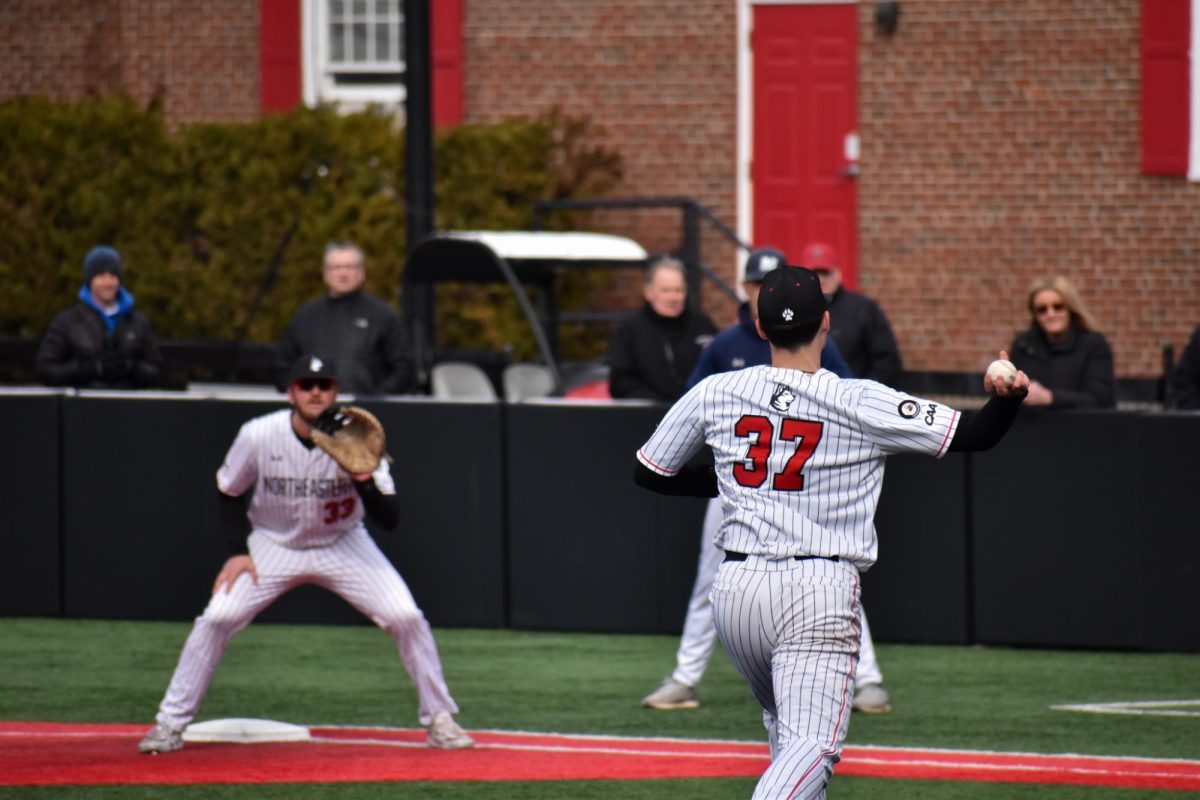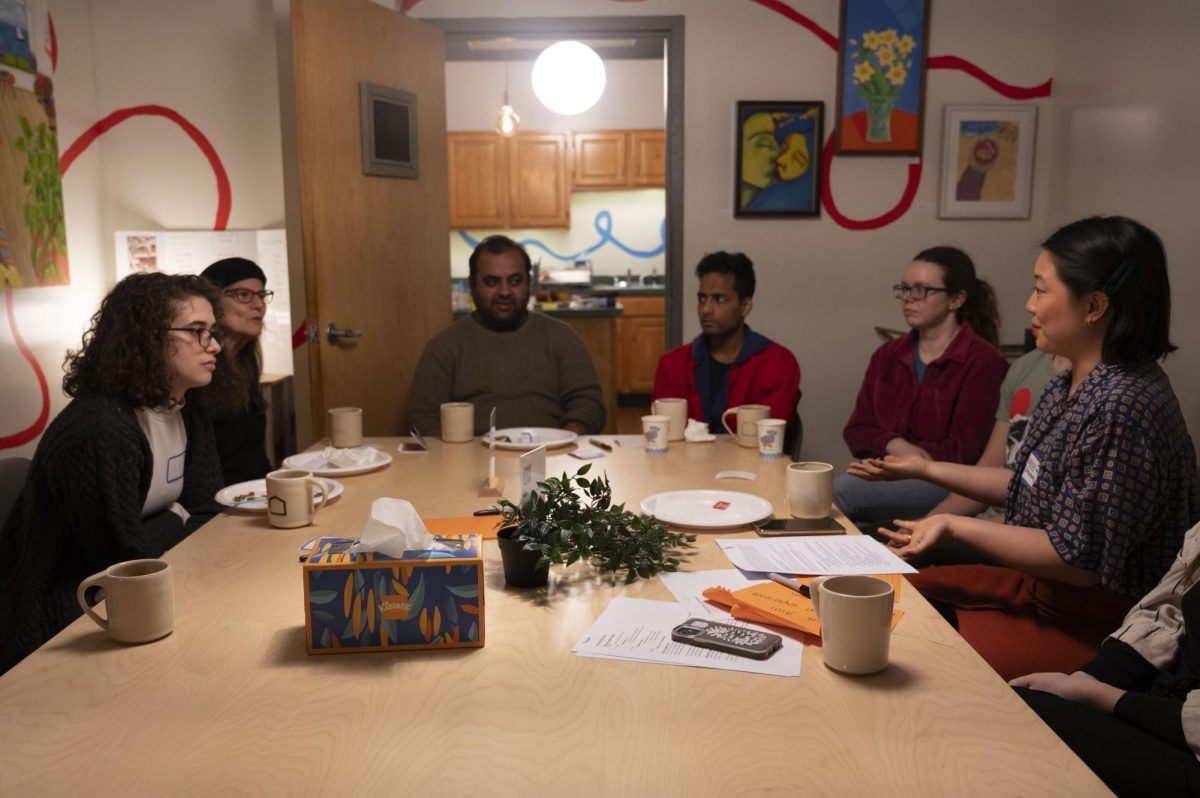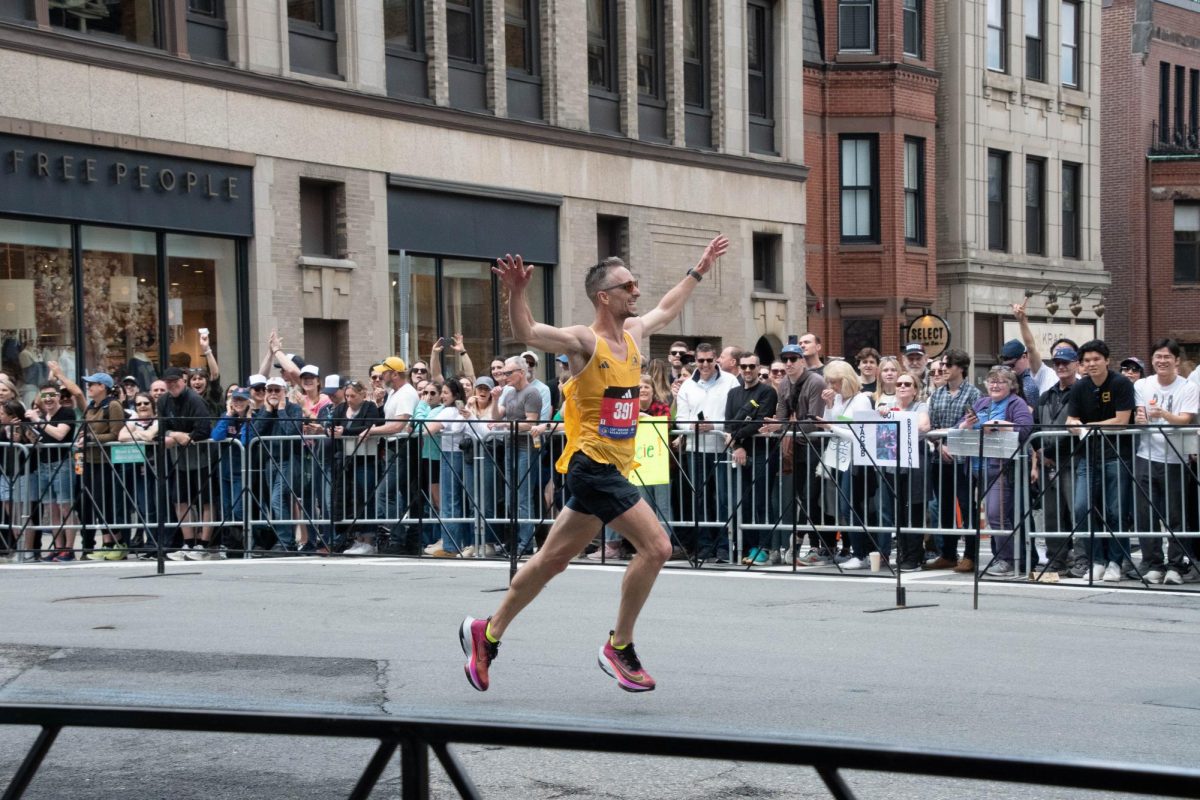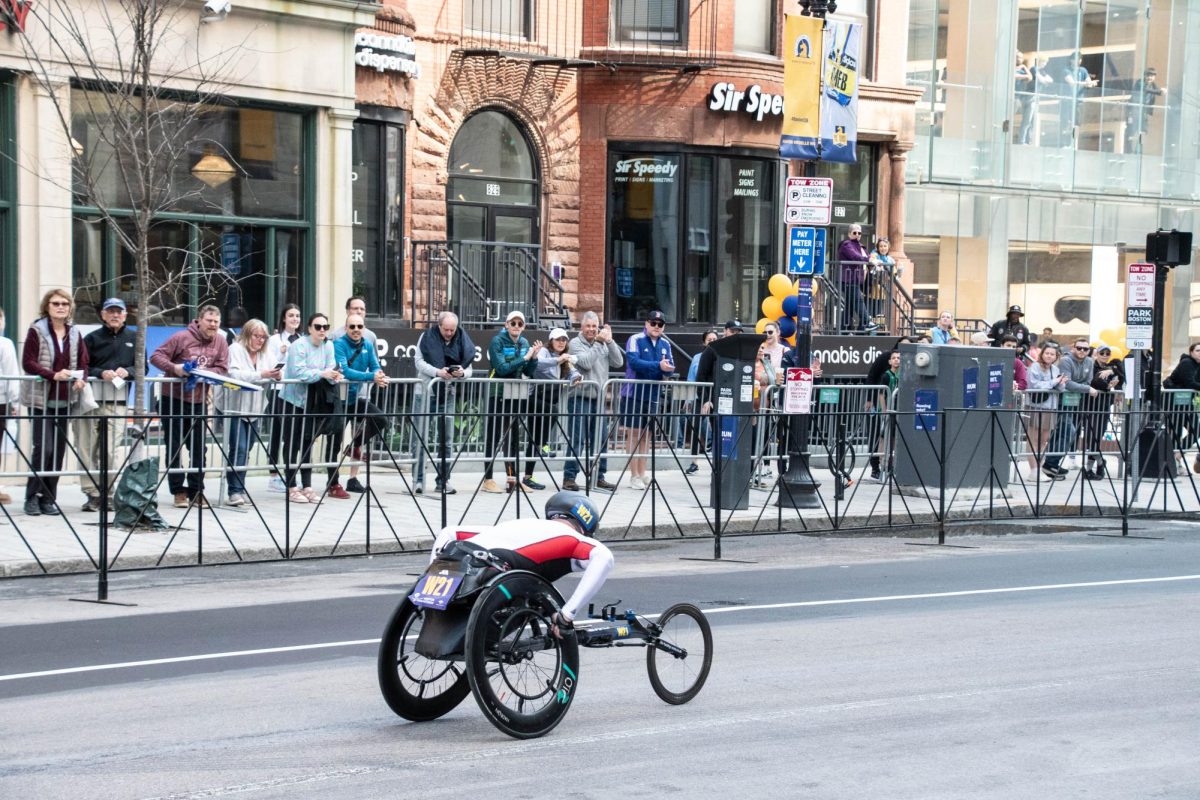By Jose Castillo, news correspondent
Key testimonies unfolded during the trial of former New England Patriots tight end Aaron Hernandez, which resumed on Feb. 13 following several snow cancellations. Hernandez, along with two other suspects, has been accused of murdering Odin Lloyd, a semi-professional football player and former friend of Hernandez, in a North Attleboro industrial park on June 17, 2013.
On Feb. 13, Judge E. Susan Garsh permitted the use of surveillance video captured in North Attleboro.
The video, which was presented the following Tuesday, showed Hernandez seated in his vehicle at North Attleboro’s police station dismantling his phone and using his lawyer’s phone to contact Ernest Wallace, another suspect in Lloyd’s murder. The remains of the cellular device were eventually submitted to detectives by Hernandez.
In response to the footage, the defense accused detectives of bias-targeting Hernandez. It explained that Hernandez was simply changing his phone’s battery.
The defense also stated that the police had no right to film their search of Hernandez’s residence.
“A search warrant is not a license for police to snoop around a person’s entire house,” defense attorney James Sultan said.
Due to weather, Garsh was forced to dismiss the case early for the day.
The following day, car rental company Enterprise manager Keelia Smyth testified in court. Hernandez had rented the car he drove during the time of Lloyd’s death from Enterprise. When he returned it, the driver side mirror had broken off.
When Smyth asked Hernandez what had happened, the former NFL star replied, “I don’t know.” Hernandez later explained that he had the car parked outside his residence and noticed at some point that the mirror had broken off.
Smyth later found a .45 shell casing, the same caliber ammunition used to murder Lloyd, in the vehicle. The shell casing was stuck on a piece of Bubblicious gum, the same brand purchased by Hernandez the night of Lloyd’s death. At first, Smyth did not respond to these discoveries. However, she quickly called the police once she heard about the investigation through media outlets.
Forensic scientist Alanna Fredrick also testified in court, stating that the DNA found on the case shelling had been linked to Hernandez. The defense replied with the possibility that the DNA from the shelling could be attributed to the piece of gum found on it. While Fredrick agreed with this theory, she also explained that any other DNA found on the shelling would have been discovered and distinguished from Hernandez’s DNA.
On Thursday, the testimony focused on both searches of Hernandez’s house conducted by police. Between the two searches, police acquired .22 ammunition, four pairs of shoes that could possibly be linked to impressions made at the murder site, a white sweatshirt worn during the timing of Lloyd’s death and a bowl containing marijuana.
The following week’s testimonies proved to be victories for the persecution. On Monday, workers who were present at the industrial park where Lloyd’s body was found testified.
“I heard a loud bang, maybe four or five times,” Barbara Chan, a worker who had been on break during the time of Lloyd’s death, said. “It was two slow ones and three fast ones.”
Evidence of a disposed gun near the crime scene showed that the weapon had been connected to Hernandez. However, it was not the weapon used to shoot Lloyd.
Another win came when housekeeper Grazielli Silva testified. Shayanna Jenkins, Hernandez’s fiancée, stated in court that she had borrowed her sister’s car to get cash to pay the cleaners. However, Silva testified that she was not paid in cash but instead received a check for her work. The check was presented as evidence in the court, raising the question: why did Jenkins borrow the car? The prosecution accused Jenkins of removing the murder weapon. Silva has stated that she saw Jenkins remove a large black bag and that she was gone for awhile.
The defense accused Silva, an undocumented worker, of testifying against Hernandez to better her immigration status. Silva disagreed.
“For me, it would have been better had this never happened,” she said.
The trial is set to continue throughout the week at Bristol County Superior Courthouse and will finish within the next month. Hernandez also faces charges in an double homicide that occurred in Boston over two years ago.
Photo courtesy Wikimedia Commons, Creative Commons














